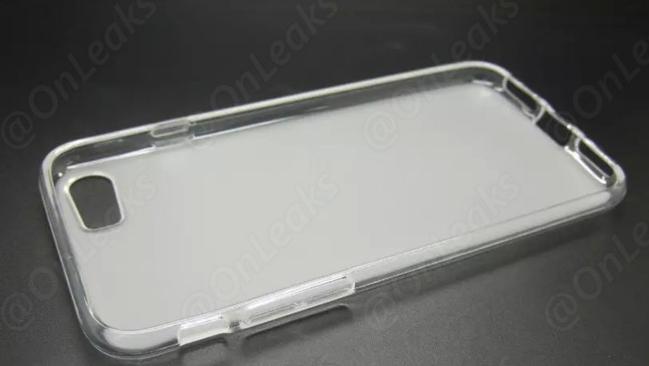Size matters as Apple launches new iPhone
Is Apple about to break the mould with an affordable mid-tier iPhone?

The hype around Apple unveiling a smaller iPhone this month is as much about why it’s choosing to do this, as what the phone will be like.
On March 21, Apple is tipped to announce an iPhone with the same 4-inch display size as the iPhone 5 range. Predictions of a name include iPhone SE (for special edition), iPhone 5SE or iPhone 6c.
At the same event, Apple might refresh iPad Air 2, taking in some features of iPad Pro. It may have the Pro’s more powerful A9X processor, and a smart connector that powers a keyboard.
The leaking of covers made ahead of the launch for Air 2 suggests the smart connector and possible branding of the tablet as a smaller iPad Pro.
A set of Apple Watch straps and a refreshed MacBook range with possibly a larger 15-inch MacBook Air would round out a low-key launch. Of course, rumours are just that.
Apple is a creature of habit when it comes to launch dates and in my memory they don’t usually occur on Mondays. But the following day Apple and the FBI do battle in the US Federal Court and senior Apple staff at the launch may have to be present there, too.
Internally, the new phone is expected to have iPhone 6s features such as a fast A9 processor, a 12-megapixel rear camera instead of 8mp, as with iPhone 5s, touch ID, and the live photos feature introduced with iPhone 6s. Near-field communication (NFC) is a no-brainer as Apple will want to promote Apple Pay with consumers. It needs NFC.
3D-touch, where you exert different levels of pressure on the display to access different functions, is not tipped among likely features.
As a result, Apple’s smartphone range will be three sizes: a 4-inch iPhone SE, a 4.7-inch iPhone 6 and 6s, and a larger 5.5-inch iPhone 6 plus and 6s plus. Views are split on whether Apple will retain iPhone 5s as a cheap entry-level handset.
As for iPhone 7 — another leaked case is firming rumours that when it is released later this year, it won’t have an audio jack, leaving the lightning port and Bluetooth devices such as wireless earpods as the way to connect to music.
Kantar Worldpanel ComTech analyst Carolina Milanesi said there were users who preferred a smaller 4-inch phone size and Apple wanted to keep them aboard. The other factor was cost.
“It’s about getting a price point that allows them to appeal to that part of that market,” she said. “The larger form factors are very popular in China but in other parts, small still works. It’s an opportunity for them to go out with a more aggressively priced device that has capabilities around Apple Pay and allows consumers not to be behind from a software perspective.”
She said Apple would be partly motivated by a change in US carriers away from offering subsidised phones with small price points. While the high-end market was still growing “the mid range is the one that obviously has been growing the most so there is an opportunity there”.
Figures last week by Kantar Worldpanel ComTech show iPhone 6s ahead in global smartphone sales over the last three months of 2015 with a 16.5 per cent share. Next were iPhone 6 (7.1%), Samsung Galaxy S6 (5.7%), iPhone 5s (4.3%) and Galaxy S5 (3.9%).
Gartner research director Nick Ingelbrecht said a 4-inch iPhone SE would address ongoing demand for smaller screens on mobile devices, and fill a gap in the market for Apple. It would help Apple compete against China vendors in the mid-tier market and against competing vendors in emerging economies..
“Two thirds of consumers will consider switching brands based on price and if the phone has the features they want. Then they will go for it,” Mr Ingelbrecht said.
“There’s a tail-end in the market, that Apple takes advantage of. It recognises the older products still sell extremely well. There’s a market demand for them. It will maintain Apple’s position in the broader market that has become increasingly segmented.”
He said the smartphone market increased 14.3 per cent in 2015.


